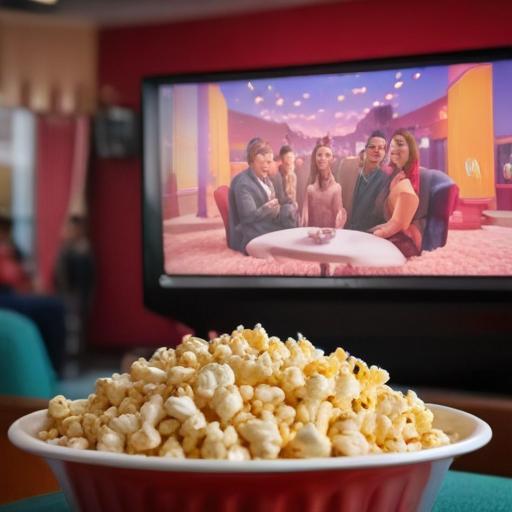In the week since its launch, “La Casa de los Famosos México 3” has generated a whirlwind of drama, tension, and conflict, which has spilled over into social media with a twist of irony, sarcasm, and creativity. The audience’s digital ingenuity has taken these emotional outbursts and transformed them into a collective satire, with memes documenting and amplifying the events within the house.
Among the most notable interactions are the tense but unspoken exchanges between Ninel Conde and Olivia Collins. Their charged glances have attracted attention, with viewers interpreting their silence as a rich narrative on social media. One viral moment depicts the two in a heated argument, underlining the intensity of their relationship without a single word spoken.
Dalilah Polanco’s arrival introduced another layer of complexity, as her self-identified obsessive-compulsive behavior clashed with Ninel’s personality. Fans humorously capitalized on the situation, sharing memes that celebrated Dalilah’s quirks while also poking fun at her interactions.
Abelito emerged as an unexpected source of comedic relief. His theatrical stylings, reminiscent of a ventriloquist doll, have sparked laughter online—memes showcasing his antics spread rapidly, solidifying his status as a fan favorite.
Conversely, Adrián Di Monte has faced a wave of digital animosity, with users reviving past grievances against him in a sharp and ironic tone, illustrating the dark side of reality show fandom.
On a brighter note, Facundo has risen as a digital hero with a clever play that saved him from elimination while taking others down with him. The meme culture surrounding his strategic move has contributed to an aura of reverence for him in the online community.
Ultimately, “La Casa de los Famosos México 3” has shown that its impact goes beyond the screen, reshaping how audiences engage with reality television. The show has become a phenomenon that reflects societal humor, criticism, and engagement through a vibrant meme culture interwoven with the drama of its participants. It illustrates how the interplay between reality television and social media continues to shape cultural discourse and entertainment, providing humor, insight, and a sense of community for fans.
